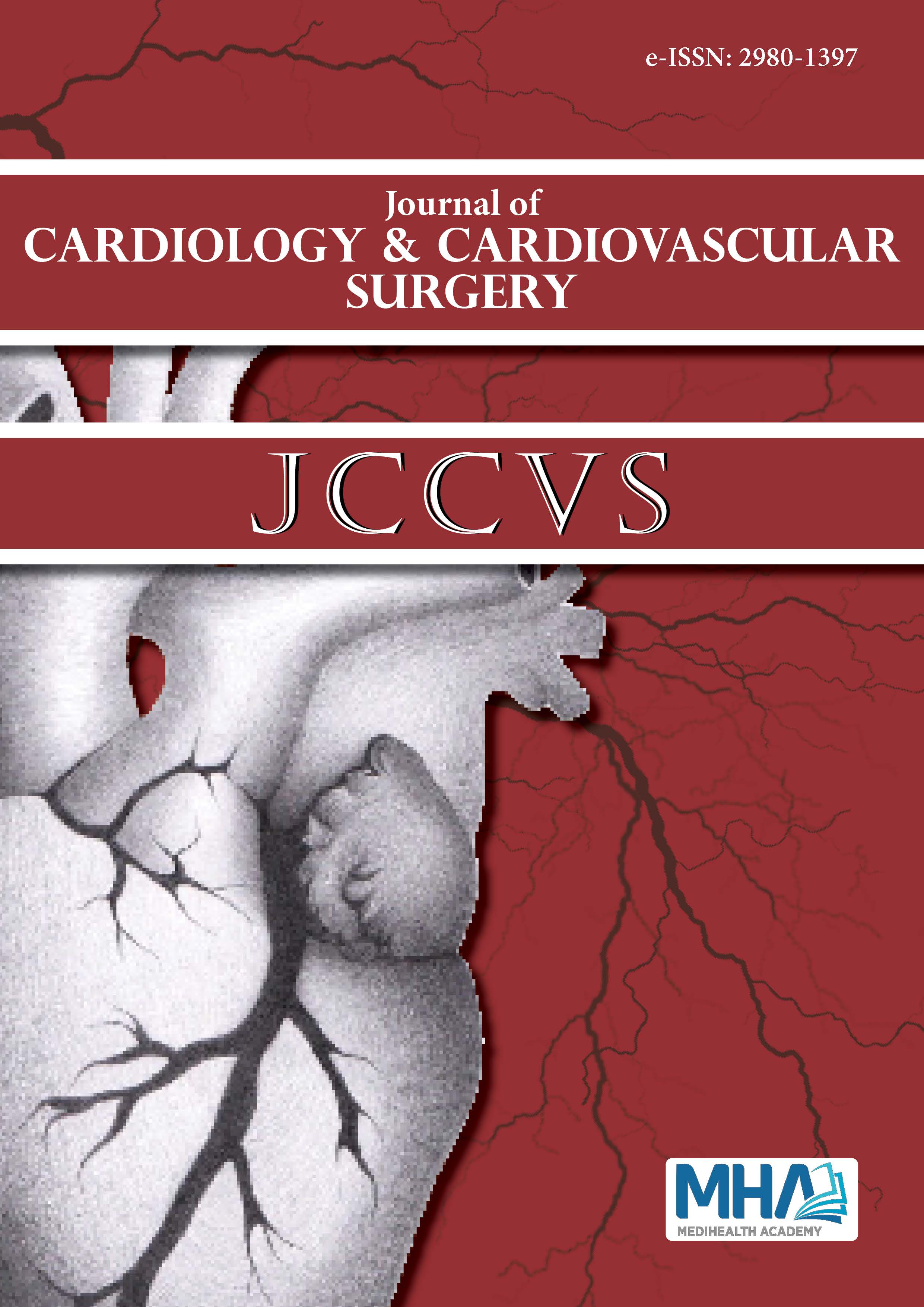1. Kulkarni S, Glover M, Kapil V, et al . Management of hypertensivecrisis: British and Irish Hypertension Society Position document. JHum Hypertens. 2023;37(10):863-879.
2. Elliott WJ, Varon J. Evaluation and treatment of hypertensiveemergencies in adults. UpToDate (Serial online) 2024 Aug(Update 2023 June 14). Avaible from https://sso.uptodate.com/contents/evaluation-and-treatment-of-hypertensive-emergencies-in-adult ssearch=hypertensive%20emerency&source=search_result&selectedTitle=1%7E150&usage_type=default&display_rank=1
3. Bress AP, Anderson TS, Flack JM, et al The management of elevatedblood pressure in the acute care setting: a scientific statement from theAmerican Heart Association. Hypertension. 2024;81(8):e94-e106.
4. Kotruchin P, Tangpaisarn T, Mitsungnern T, et al. Hypertensiveemergencies in Asia: a brief review. J Clin Hypertens (Greenwich).2022;24(9):1226-1235.
5. Astarita A, Covella M, Vallelonga F, et al Hypertensive emergencies andurgencies in emergency departments: a systematic review and meta-analysis. J Hypertens. 2020;38(7):1203-1210.
6. Rossi GP, Rossitto G, Maifredini C, et al. Management of hypertensiveemergencies: a practical approach. Blood Press. 2021;30(4):208-219.
7. Janke AT, McNaughton CD, Brody AM, Welch RD, Levy PD. Trendsin the incidence of hypertensive emergencies in US emergencydepartments from 2006 to 2013.J Am Heart Assoc.2016;5(12): e004511.
8. Siddiqi TJ, Usman MS, Rashid AM, et al. Clinical outcomes inhypertensive emergency: a systematic review and meta-analysis. J AmHeart Assoc. 2023;12(14):e029355.
9. Peixoto AJ. Acute Severe Hypertension. N Engl J Med. 2019;381(19):1843-1852.
10. Figueiredo VN, Yugar-Toledo JC, Martins LC, et al. Vascular stiffnessand endothelial dysfunction: correlations at different levels of bloodpressure. Blood Press. 2012;21(1):31-38.
11. Derhaschnig U, Testori C, Riedmueller E, et al. Hypertensiveemergencies are associated with elevated markers of inflammation,coagulation, platelet activation and fibrinolysis. J Hum Hypertens.2013;27(6):368-373.
12. van den Born BJ, Löwenberg EC, van der Hoeven NV, et al. Endothelialdysfunction, platelet activation, thrombogenesis and fibrinolysis inpatients with hypertensive crisis. J Hypertens. 2011; 29(5):922-927.
13. Miller J, McNaughton C, Joyce K, et al. Hypertension management inemergency departments. Am J Hypertens. 2020;33(10):927-934.
14. Saladini F, Mancusi C, Bertacchini F, et al. Diagnosis and treatment ofhypertensive emergencies and urgencies among Italian emergency andintensive care departments. Results from an Italian survey: ProgettoGEAR (Gestione dell’Emergenza e urgenza in ARea critica). Eur JIntern Med. 2020;71:50-56.
15. Jolly H, Freel EM, Isles C. Management of hypertensive emergenciesand urgencies: narrative review. Postgraduate Med J. 2023;99(1169):119-126.
16. Mathews EP, Newton F, Kartavya S. Hypertensive Emergencies: AReview. Am J Nurs. 2021; 121(10):24-35.
17. Angeli F, Reboldi G, Verdecchia P. Hypertensive urgencies andemergencies: Misconceptions and pitfalls. Eur J Intern Med. 2020;71:15-17.
18. Filho JO, Mullen MT. Initial assessment and management of acutestroke. UpToDate (Serial online) 2024 Aug (Update 2024 Jul 11).Avaible from https://sso.uptodate.com/contents/initial-assessment-and-management-of-acute-stroke?sectionName=BLOOD%20PRESSURE%20MANAGEMENT &search=hypertensive%20emerency&topicRef=3837&anchor=H14&source=see_link#H14
19. McEvoy JW, McCarthy CP, Bruno RM, et al. ESC Guidelines for theManagement of Elevated Blood Pressure and Hypertension: Developedby the Task Force on the Management of Elevated Blood Pressureand Hypertension of the European Society of Cardiology (ESC) andEndorsed by the European Society of Endocrinology (ESE) and theEuropean Stroke Organisation (ESO). Eur Heart J. 2024;ehae178.
20. Greenberg SM, Ziai WC, Cordonnier C, et al. 2022 Guideline for theManagement of Patients With Spontaneous Intracerebral Hemorrhage:A Guideline From the American Heart Association/American StrokeAssociation. Stroke. 2022;53(7):e282-e361.
21. Whelton PK, Carey RM, Aronow WS, et al. 2017 ACC/AHA/AAPA/ABC/ACPM/AGS/APhA/ ASH/ASPC/NMA/PCNA Guideline for thePrevention, Detection, Evaluation, and Management of High BloodPressure in Adults: A Report of the American College of Cardiology/American Heart Association Task Force on Clinical PracticeGuidelines. J Am Coll Cardiol. 2018;71(6):1269-1324.
22. Balahura A-M, Moroi ?-I, Scafa-Udrişte A, et al. The management ofhypertensive emergencies—is there a “magical” prescription for all? JClin Med. 2022;11(11):3138.
23. Diringer MN, Bleck TP, Claude Hemphill J, et al. Critical caremanagement of patients following aneurysmal subarachnoidhemorrhage: recommendations from the Neurocritical CareSociety’s Multidisciplinary Consensus Conference. Neurocrit Care.2011;15(2):211-240.
24. Antman EM, Anbe DT, Armstrong PW, et al. ACC/AHA guidelines forthe management of patients with ST-elevation myocardial infarction--executive summary: a report of the American College of Cardiology/American Heart Association Task Force on Practice Guidelines(Writing Committee to Revise the 1999 Guidelines for the Managementof Patients With Acute Myocardial Infarction). Circulation.2004;110(5):588-636.
25. Miller JB, Hrabec D, Krishnamoorthy V, et al. Evaluation andmanagement of hypertensive emergency. BMJ. 2024;386:e077205.
26. Talle MA, Ngarande E, Doubell AF, et al. Cardiac Complications ofHypertensive Emergency: Classification, Diagnosis and ManagementChallenges. J Cardiovasc Dev Dis. 2022;9(8):276.
27. Hiratzka LF, Bakris GL, Beckman JA, et al. American College ofCardiology Foundation/American Heart Association Task Force onPractice Guidelines, American Association for Thoracic Surgery,American College of Radiology, American Stroke Association, Societyof Cardiovascular Anesthesiologists, Society for CardiovascularAngiography and Interventions, Society of Interventional Radiology,Society of Thoracic Surgeons, Society for Vascular Medicine.Circulation. 2010;121(13):e266-369.
28. Varon J, Soto-Ruiz KM, Baumann BM, et al. The management ofacute hypertension in patients with renal dysfunction: labetalol ornicardipine? Postgrad Med. 2014;126(4):124-130.

